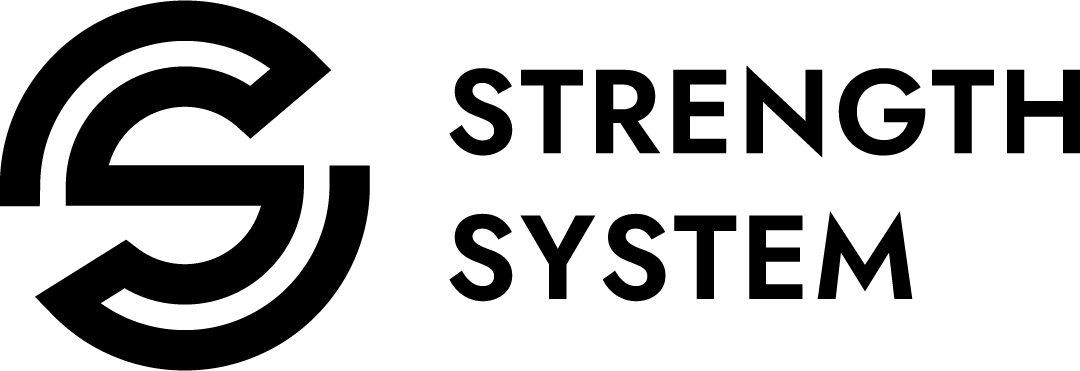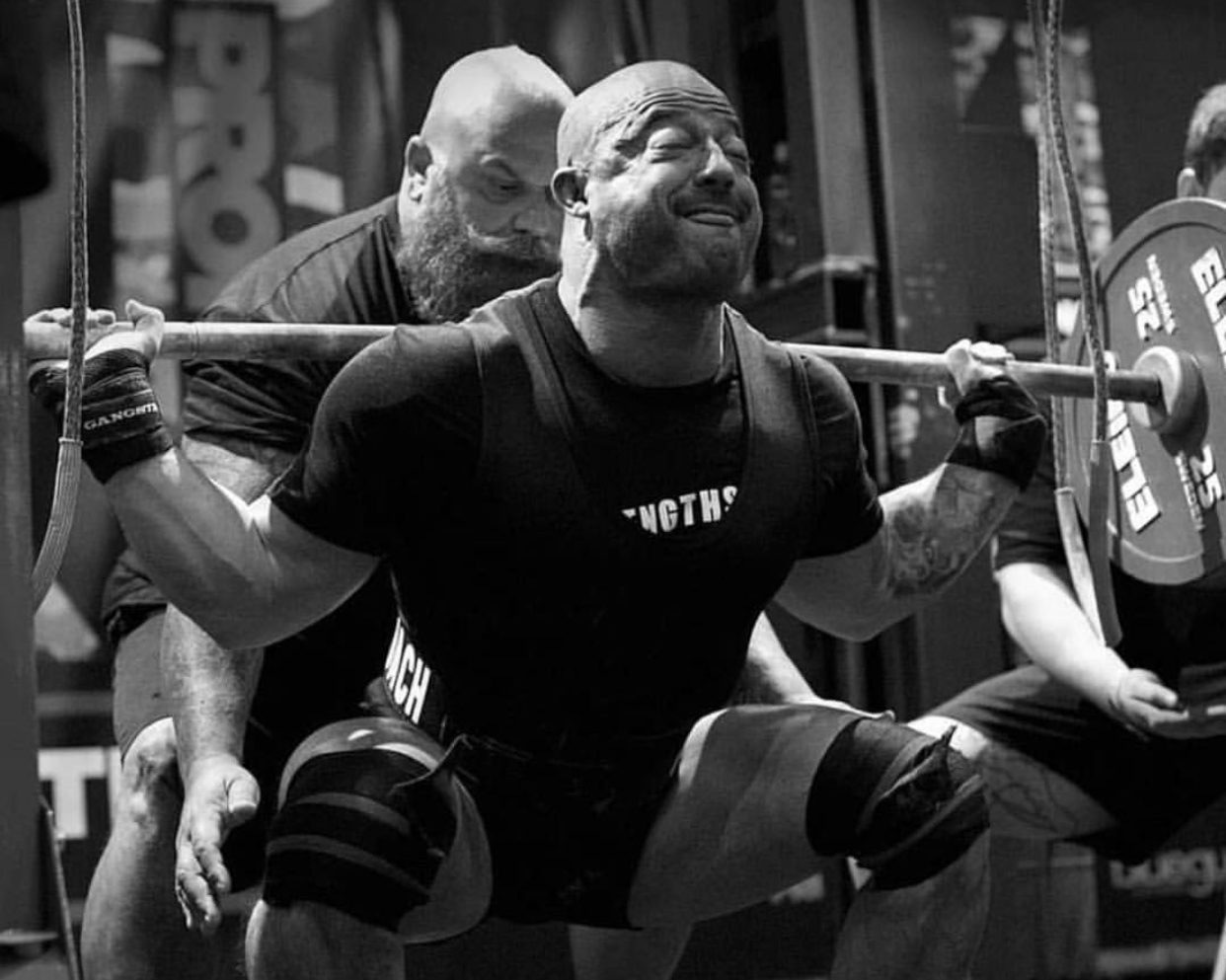11 December, 2019
Sebastian Oreb
Your Program Sucks: Part 4
…because you’ve misinterpreted specificity
So far in this series we have covered lifting technique, training intensity and progressive overload. As previously mentioned, I have a hierarchical model that I use when programming and these first three training variables I consider to be of highest importance. However, there are probably a few smart cookies reading this who have been paying close attention and picked up that there is one essential ingredient of program design that we haven’t touched on… What exercises should you even be doing?? (Kind of important, right?)
This brings us to the fourth topic, and the fourth reason why your program might suck… is because you are misapplying the principles behind exercise selection and choosing the wrong exercises for your program and goals.
The topic of exercise selection will almost always include a discussion around two key principles – specificity and variation – and these are the ones that I see a lot of people misinterpret and misapply. We are going to take a closer look at both of these, but there is a lot to discuss around these principles and for no reason other than me just feeling like it, we are going to start off by looking at specificity and how a strength coach should apply this principle to program design. This topic might seem like it’s very sports-specific, but if you’re lifting weights with some kind of goal in mind, then the things we are going to discuss here will certainly apply to you.
Let’s start off by defining exactly what specificity is for a range of sports.
- Specificity for rugby league player is playing rugby league on the field
- Specificity for a martial artist is performing their martial art within the constraints of the rules of the sport
- Specificity for a competitive powerlifter is executing a 1RM of either bench, squat, or deadlift while using the full equipment required for competition and performing the rep according to the rules for their federation
- Specificity for a CrossFit athlete is performing the WOD they are being judged on
Anything an athlete performs that falls outside of their exact sporting movements is considered variation. It can be useful to consider that there is a spectrum with extreme variation on one end and absolute specificity on the other end, and everything that is not specific skills training will fall somewhere between these two points. Variation is an essential component in any athlete’s program, but to apply specificity and variation correctly we need to understand that everything we do in the weights room is going to be variation for that athlete, and will fall somewhere on this “variation spectrum”.
If everything that is done in the weights room is a form of variation and therefore not technically “specific”, where does the specificity principle fit in? Well, it kind of doesn’t. At least not in the way that a lot of people are interpreting the specificity principle in relation to strength programming. The role of strength training for any athlete is to train them in a way that is specific to their desired training outcomes, and it is NOT to train them in a way that specifically replicates their exact movements on the sporting field as a lot of people believe. I see many people make this mistake of trying to reproduce the movements performed on the sporting field with resistance in the gym. In actual fact, to develop specific sporting skills the athlete will need to practice those exact skills and their components within an environment that is directly comparable to their competitive environment, and unless you are a strength athlete, this skills training will happen outside of the weights room. Putting your focus on reproducing skills training under load in the weights room is a little bit like buying a sofa bed – it’s not good as a sofa, and it’s not good as a bed, just like skills training under load won’t maximise your strength outcomes nor will it do much for your skill development. As a strength coach, your best results will be achieved if you understand your role in athletic development and leave the skill specific training to the sports coach (rugby coach, martial arts instructor, etc.).
Now some of you might be wondering, if strength training by nature is non-specific to many sports, why is there such a large body of research recommending it as an essential component of training in any competitive environment? The answer is that specificity and skills training is important, but variation is also needed to develop other physical components of athletic performance. Specific skill training will develop and fine tune an athlete’s competence in their sport, but to be a well-rounded athlete and increase the longevity of a training career, other key training outcomes include having a strong and powerful body that moves well and is free from injury, and strength training is the absolute best tool to achieve this (side note: those training outcomes are excellent goals for anyone, not just athletes – more on this below). As a strength coach, you need to understand that your role is to provide this much needed variation, and to strengthen the athlete’s body through full ranges of motion in multiple planes so the body is strong, moves well and is free from injury.
I’m going to say this a little bit louder for the people up the back…
”The role of a strength coach and the weights room is to strengthen the athlete’s body and move the joints through a full range of motion in multiple planes so the body is strong, moves well and is free from injury.
Now that we understand what the desired strength training outcome for any athlete, how do we achieve this?
If an athlete from a non-strength sport comes to me and wants to get strong, then as their strength coach it would only make sense for me to borrow some of the proven techniques that I’ve used on my powerlifting and strongman athletes to coach them to a world class level of strength. On the other hand, if a powerlifter or strongman competitor comes to me and wants to get strong, I am now taking on the role of both their strength coach and skill specific coach, and will incorporate a small amount of “skills” training in their program (1RM/max effort lifts and skill specific strongman drills) BUT generally my main focus as their strength coach will be on building all round strength, including variation in the training, making them as strong as possible, moving the joints through full ranges of motion in multiple planes, and ensuring that their body moves well and is free from injury.
The exercises we select to achieve this will be somewhat uniform across all sports, because there are simply some exercises that have stood the test of time and been proven to work for this desired training outcome. These “bang for your buck” exercises and their variations I consider to make up the fundamental movements for any strength program, and they include:
- Heavy Squats
- Heavy Deadlifts
- Heavy Upper Body Vertical Presses (e.g. overhead press)
- Heavy Upper Body Horizontal Presses (e.g. bench press)
- Heavy Upper Body Horizontal Pulls (e.g. row)
- Heavy Upper Body Vertical Pulls (e.g. pulldown / chin up)
Before I finish up, I’d like to touch on how this applies to members of the general population. Long story short, nothing changes. As I mentioned above, these training outcomes are fantastic goals for anybody of any walk of life. Therefore, this same approach will apply even outside of a sporting context – where we borrow the rules of specificity that the strength athlete uses to get themselves so strong and apply these approaches to anyone in the gym who wants to get stronger, move well, and be free from injury.
I’m going to wrap this up with a bit of a disclaimer as well as a reference to one of the highest regarded strength and conditioning coaches in the world, Al Vermeil. The disclaimer is that I didn’t invent this approach to strength training for athletic development, but it does work. Al Vermeil, the strength coach for the Chicago Bulls in the Michael Jordan era, who is one of the highest regarded strength coaches in the world and the only strength coach to have World Championship rings from both the NFL and NBA, was once asked how his approach to programming differs when he trains athletes from different sports. His response was that it doesn’t. Vermeil explained that regardless of the sport being played, the athlete’s goal in their sport is to “get there the fastest with the most” which means that his approach to the work done in the strength room didn’t change because of the sport being played.
This is a great point to finish up on, and I hope you’ve enjoyed this instalment of Your Program Sucks. Stay tuned for the next article, where we will attack the second principle related to exercise selection – variation.








Great read and definitely something to think about heading into 2020 gym sessions!